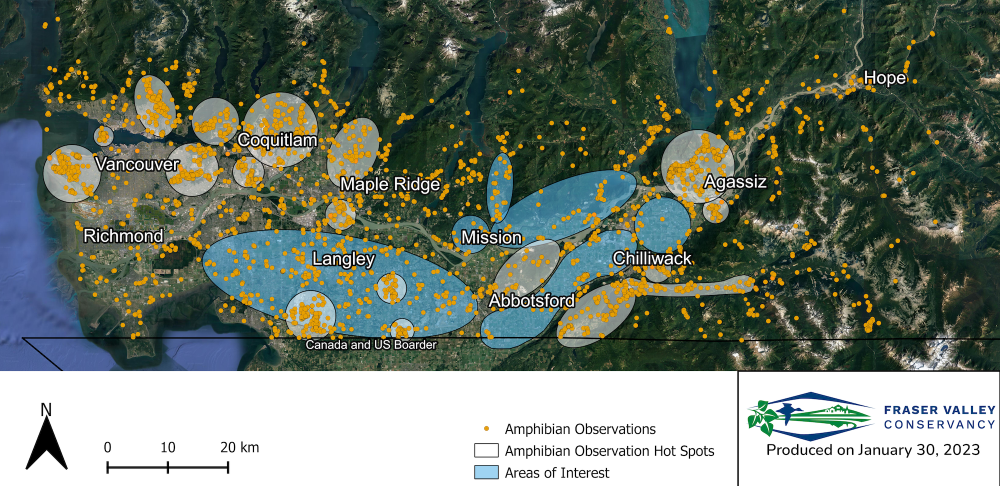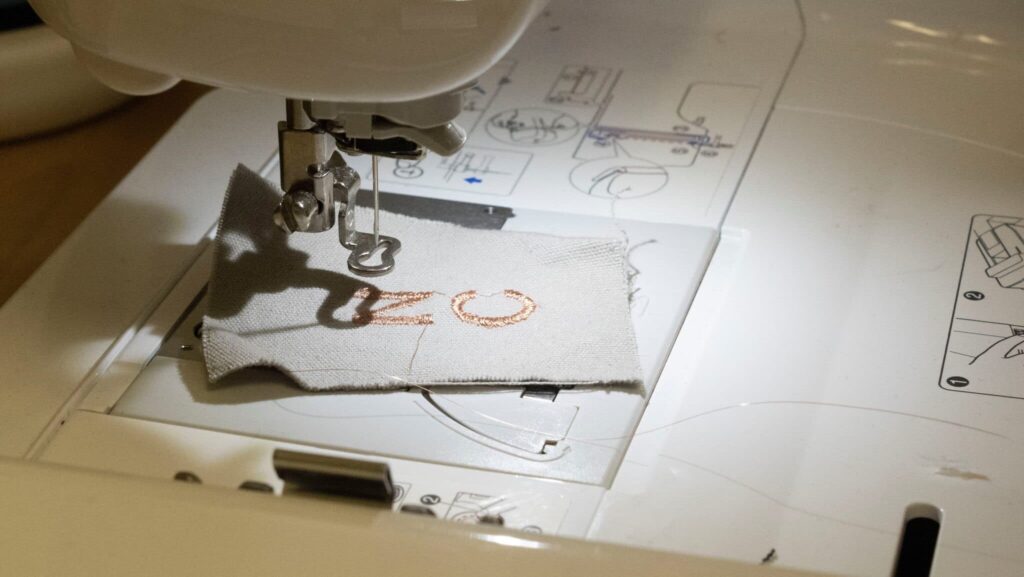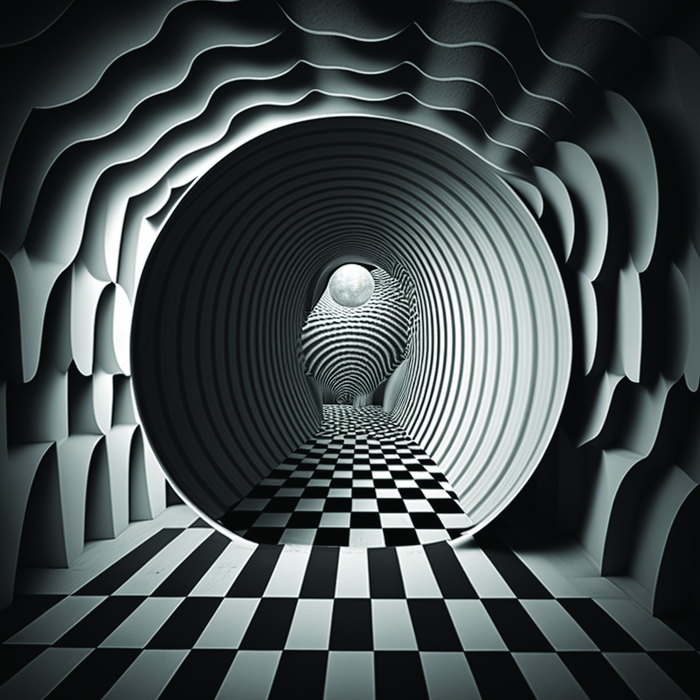ARPICO (Society of Italian Researchers and Professionals in Western Canada) is co-presenting an event with the Consulate General of Italy in Vancouver to celebrate Italian Research in World Day.
From a March 21, 2023 ARPICO notice (received via email), Note: i have reformatted parts of the text,
It is our pleasure, with the Consulate General of Italy in Vancouver, to invite you to ARPICO’s next public event “The Age of Immunotherapy” to be held on Wednesday, April 12th, 2023 at 7:00 PM at the Museum of Vancouver, History Room & Garden Patio, 1100 Chestnut Street, Vancouver, BC.
The event is in celebration of Italian Research in the World Day instituted in 2018 to value the quality and competencies of Italian researchers abroad and promote concrete actions and investments to allow Italian researchers to continue pursuing their careers in their homeland as well as make Italy an attractive environment for foreign researchers.
…
Main Event Details
The Age of Immunotherapy, a lecture by Dr. Gregorio Aversa
The Immune system has evolved primarily to protect the body against foreign pathogens such as viruses, bacteria and fungi but sparing the body, recognizing it as “self”. However, sometimes the immune system can also can attack the body’s own tissues, as in autoimmune diseases, or react against harmless molecules, as in allergies. It is now clear that the immune system can also recognize cancer cells, but their elimination can be challenging as the cancer deploys sophisticated mechanisms to evade the immune surveillance. The deeper understanding of the immune system, the key molecules involved in cancer-immune cell interactions and advances in antibody and cell engineering accumulated over the past three decades, have resulted in the recent development of novel and effective immunotherapeutic treatments for cancer. For example, antibodies that target suppressive signals in immune cells are now used to “awaken” the immune system to kill a variety of tumors, resulting in often curative therapies for previously lethal cancers. Multiple new immunotherapeutic approaches and combinations are currently being developed and clinically tested for a variety of cancers and other diseases such as autoimmune diseases, transplant rejection, allergies and viral infections, thus paving the way for potential cures for currently challenging diseases.
About Our Speaker
Dr. Gregorio Aversa is an experienced immunologist and industrial scientist. He has made significant contributions to the discovery of novel monoclonal antibodies and molecules involved in immune regulation in allergies, autoimmune diseases and transplant rejection. Over the past 25 years Dr. Aversa has held executive leadership positions in global Pharmaceutical companies, Biotech, and a Translational Research Institute. These positions include Senior Vice President of the Centre for Drug Research and Development (CDRD) on UBC campus, Unit Head of the Autoimmune Diseases, Biology and Cellular and Molecular Biology Units at Novartis (Vienna, Austria) and Vice President of Research at Inflazyme Pharmaceuticals. He also previously held positions at the DNAX Research Institute in Palo Alto, California (now Merck), and has been an Adjunct Professor in the Department of Microbiology and Immunology at UBC. Dr. Aversa is currently President of his own private biotechnology business, Abimmune Technologies Inc., in Vancouver, Canada, focusing on the development and commercialization of monoclonal antibodies for research and clinical use. [Note: Dr. Aversa is listed as Principal for Abmedix Biomedical {as of March 24, 2023} on his LinkedIn profile; I cannot websites for either Abmedix or Abimmune.] Dr. Aversa did his Ph.D. work in Transplantation Immunology at the University of Sydney and Stanford University and received his Ph.D. from the University of Sydney School of Medicine in Australia. Dr. Aversa has over 60 publications in international scientific journals and is an inventor on several patents.
Evening Program
- 6:30 PM – Doors open for registration.
- 7:00 PM – Start of the event with introductions by the Consul General of Italy, Fabio Messineo, and ARPICO’s president, Nicola Fameli.
- 7:15 PM – Talk “The Age of Immunotherapy” by Dr. Gregorio Aversa, immunologist and industrial scientist.
- 8:00 PM – Q & A Period
- 8:15 PM – Mediterranean refreshments catered by Bottles and Bottega offered by the Consulate General of Italy.
We look forward to seeing everyone there.
RSVP: Tickets for this event are required, but FREE; all wishing to attend are requested to obtain “free-admission” tickets on EventBrite
Further details are also available at arpico.ca, arpico facebook, and EventBrite.
If participants wish to donate to ARPICO, this can be done within EventBrite or in person at the event; this would be greatly appreciated in order to help us continue our public lecture program and to build upon our scholarship fund.
…
FAQ
- Where can I contact the organizer with any questions?
- info@arpico.ca
- Can I update my registration information?
- Yes. If you have any questions, contact us at info@arpico.ca
- I am having trouble using EventBrite and cannot reserve my ticket(s). Can someone at ARPICO help me with my ticket reservation?
- Of course, simply send your ticket request to us at info@arpico.ca so we can help you.
Happy Italian Research in the World Day!



